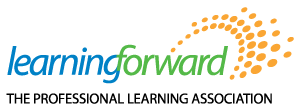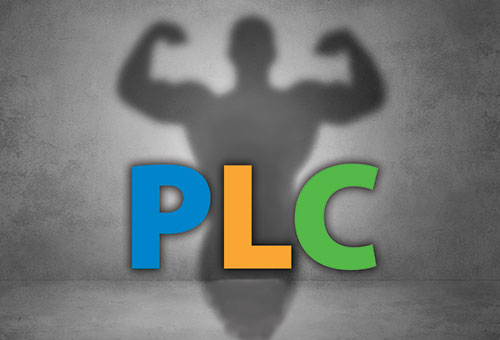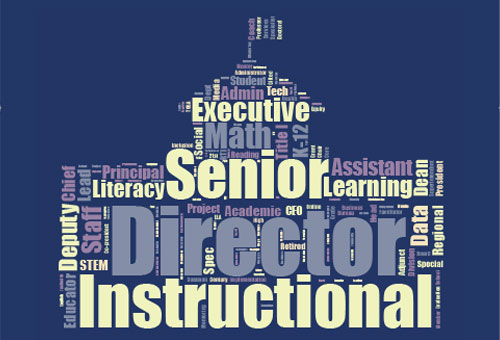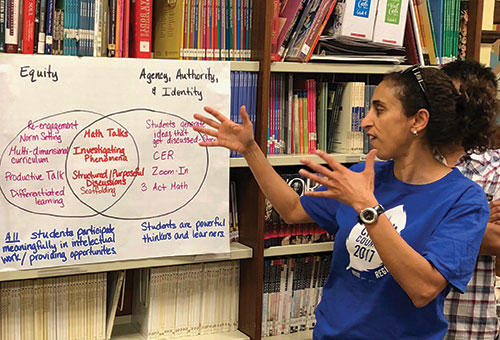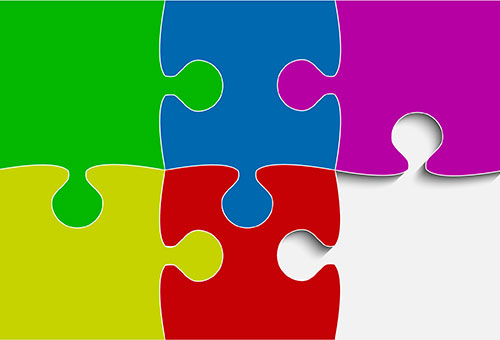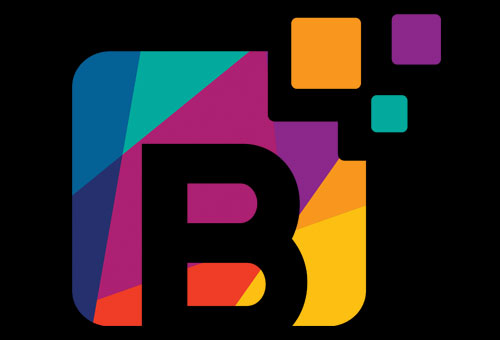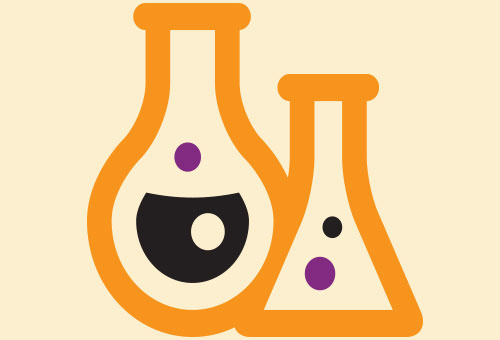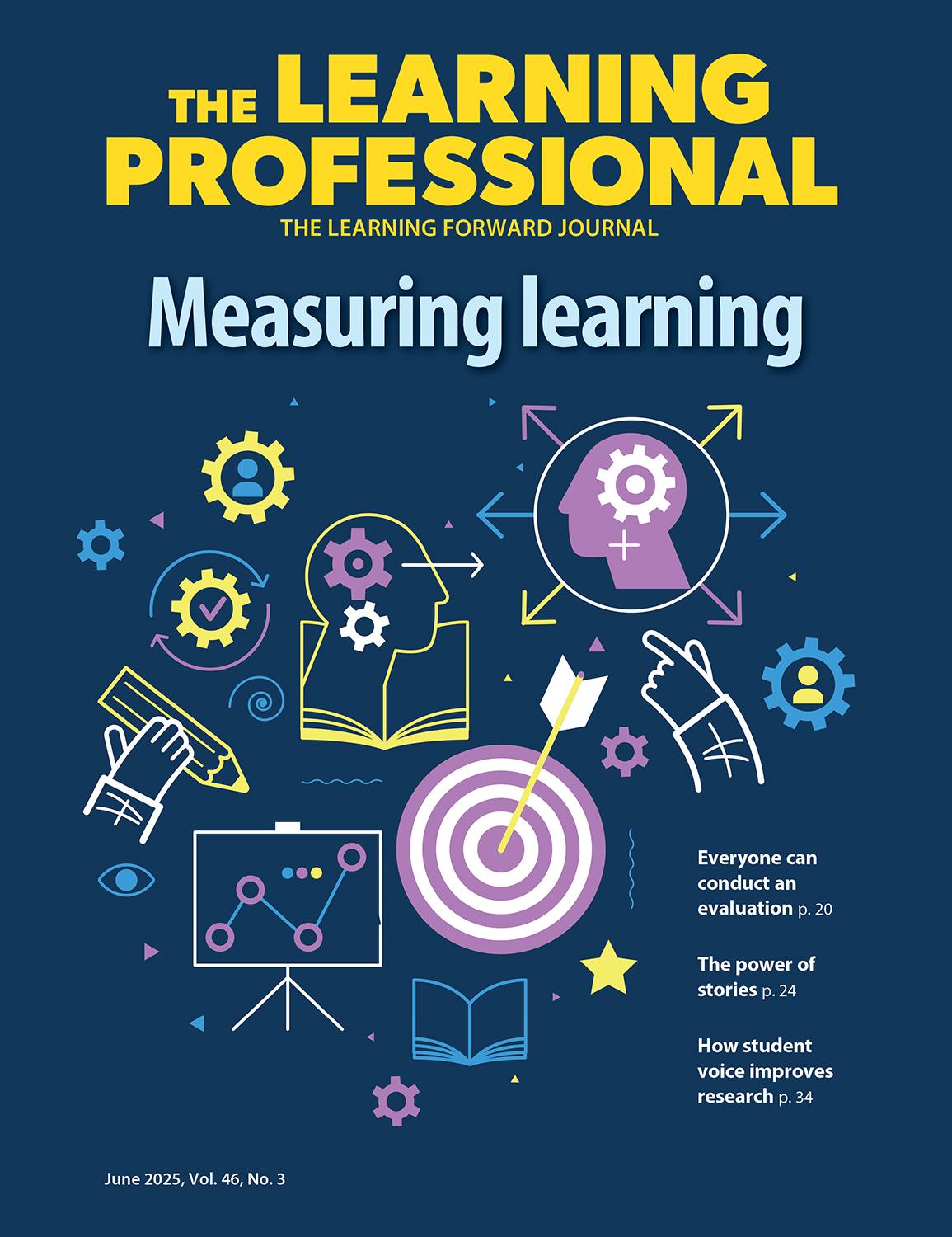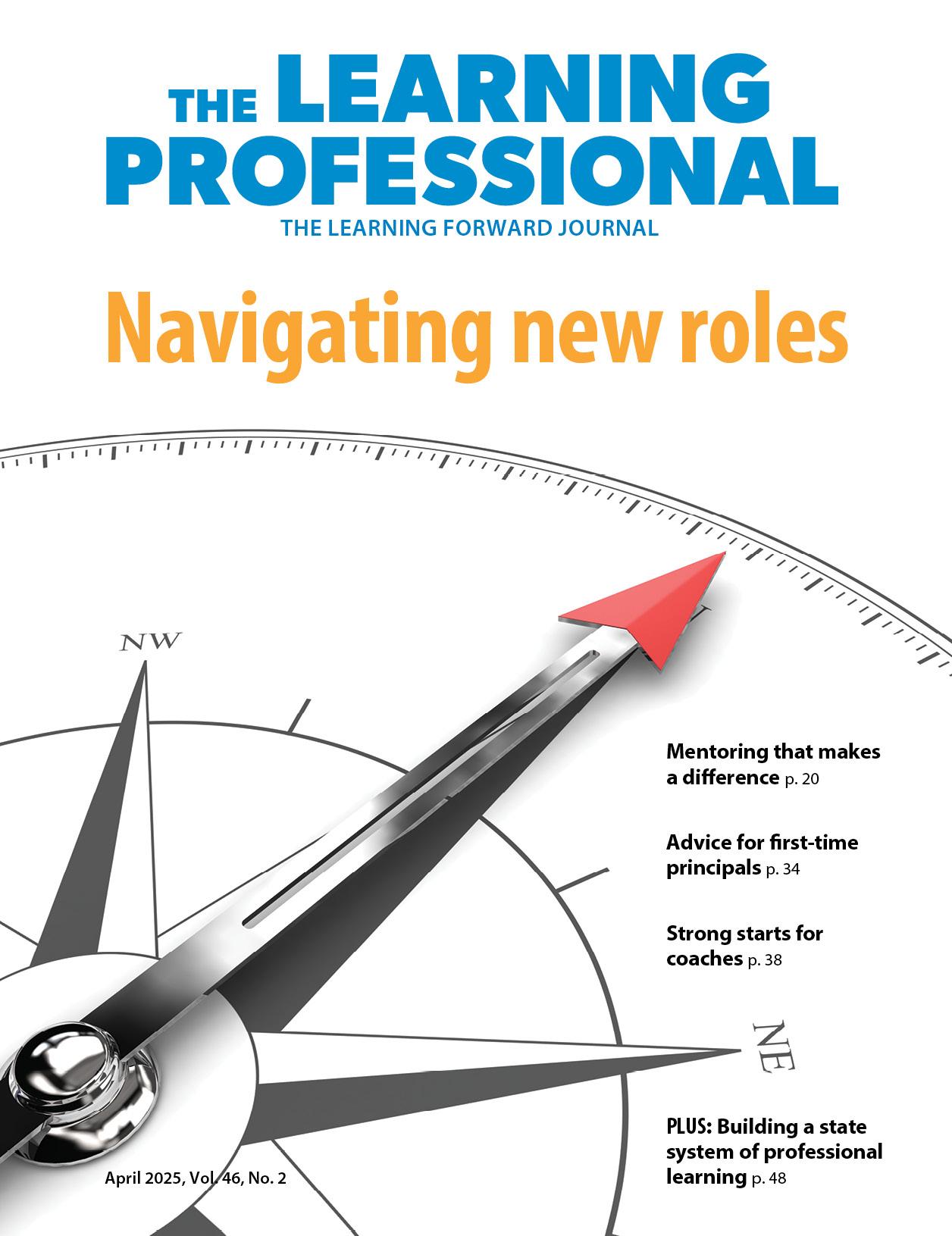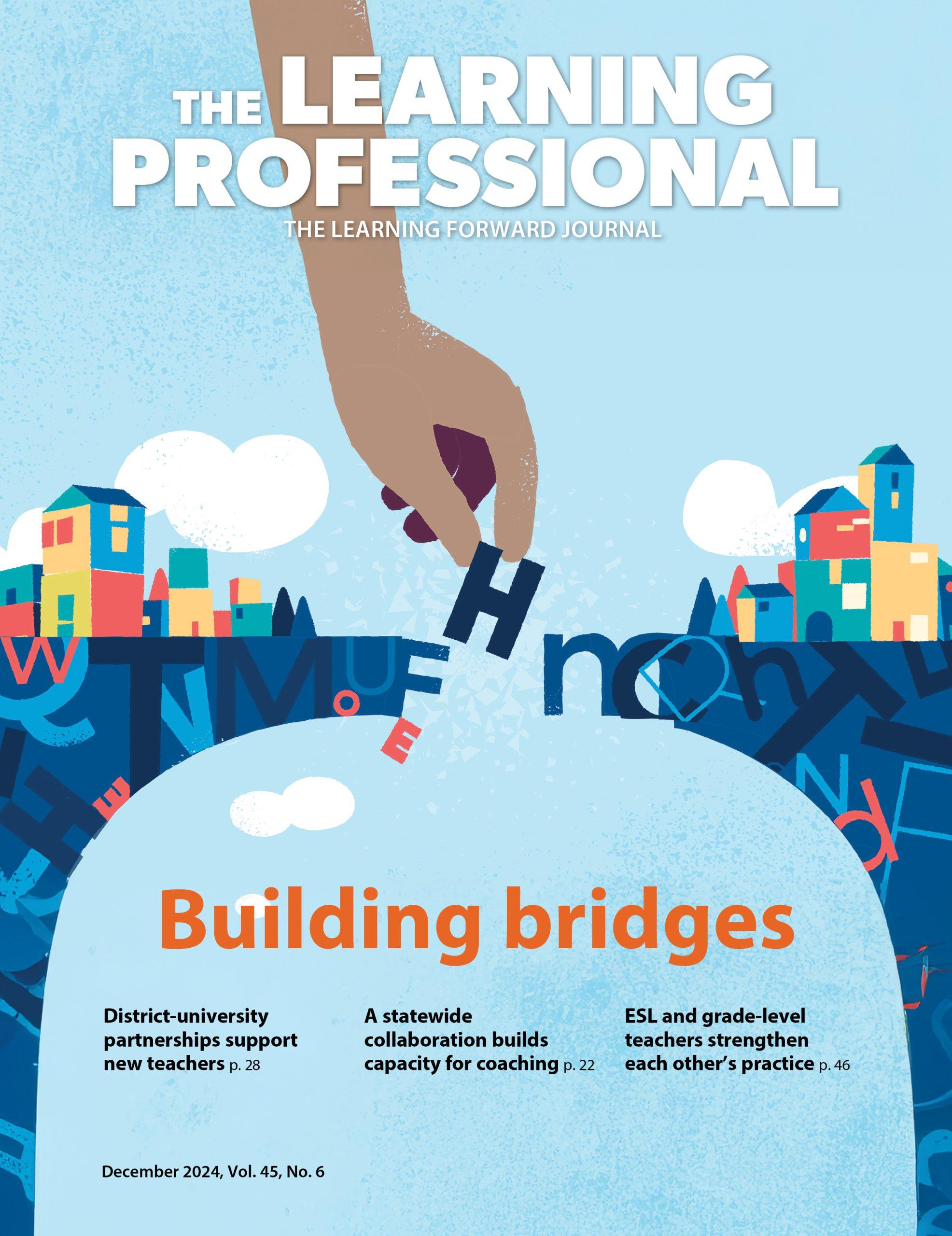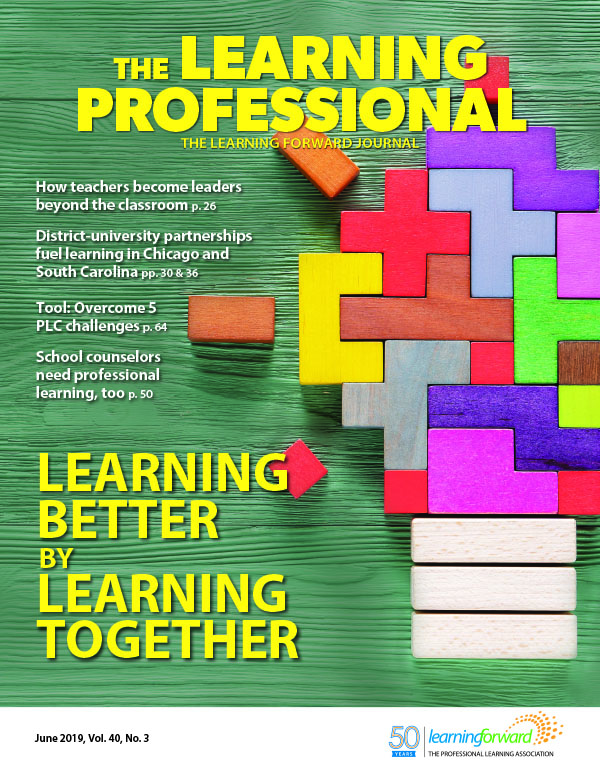
Learning Better By Learning Together
June 2019
Vol. 40, No. 3
Collaboration is at the heart of effective professional learning. But collaborative learning isn’t as straightforward as getting people together in a room. This issue highlights what makes true collaborative learning work and why we learn better when we learn together.
Read the remaining content with membership access. Join or log in below to continue.
Sed ut perspiciatis unde omnis iste natus error sit voluptatem accusantium doloremque laudantium, totam rem aperiam, eaque ipsa quae ab illo inventore veritatis et quasi architecto beatae vitae dicta sunt explicabo. Nemo enim ipsam voluptatem quia voluptas sit aspernatur aut odit aut fugit, sed quia consequuntur magni dolores eos qui ratione voluptatem sequi nesciunt. Neque porro quisquam est, qui dolorem ipsum quia dolor sit amet, consectetur, adipisci velit, sed quia non numquam eius modi tempora incidunt ut labore et dolore magnam aliquam quaerat voluptatem.
In This Issue
FOCUS
How teachers learn to lead
Programs build knowledge and skills teachers need to be influential beyond their classrooms.
What does real collaboration look like? We've got stories
This issue highlights many ways to get beyond surface collaboration to real learning.
The power of a PLC
Arizona principals build cross-campus collaboration among teachers.
It takes a village to achieve equity and excellence
Infographic shows the many roles that support professional learning.
All together now
The internal coherence framework supports instructional leadership teams.
Connected through content
Chicago teachers partner with Loyola University to build a math and science learning community.
A bridge between teacher education and schools
A South Carolina district and university go beyond a traditional professional development school partnership.
TOOLS
Through the lens
Deepen your understanding of the Standards for Professional Learning through this issue’s articles.
Overcome 5 PLC challenges
A tool for discussion and reflection can help PLCs get unstuck.
IDEAS
Put learning in high gear
A coherent approach to integrate curricula, assessments, and professional learning pays off.
The 4 B's
A framework for asking questions and digging deep can help us understand what makes an intervention successful.
No counselor left behind
Bringing school counselors into the fold of professional learning can support strategic goals.
RESEARCH
Study examines teachers' perceptions of student achievement data
Lessons from a study showing teachers believe student characteristics drive outcomes more than instruction.
Essentials
Recent research on principal turnover, math materials, educative curricula, and more.
VOICES
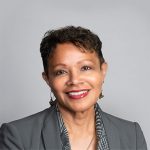


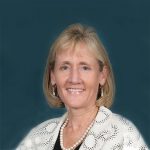
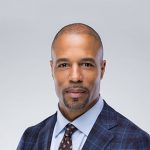
UPDATES
Recent Issues
MEASURING LEARNING
June 2025
To know if your professional learning is successful, measure educators’ and students’ learning. This issue offers strategies and examples of a wide range of approaches for evaluation and storytelling.Read the […]
NAVIGATING NEW ROLES
April 2025
Whether you’re new to your role or supporting others who are new, professional learning is essential for getting up to speed. This issue includes strategies and advice for a wide […]
LEARNING DESIGNS
February 2025
How we learn influences what we learn. This issue shares essential resources for creating, facilitating, and assessing high-quality professional learning.Read the remaining content with membership access. Join or log in […]
BUILDING BRIDGES
December 2024
Students benefit when educators bridge the continuum of professional learning between K-12 schools and other institutions. Read the remaining content with membership access. Join or log in below to continue. […]
